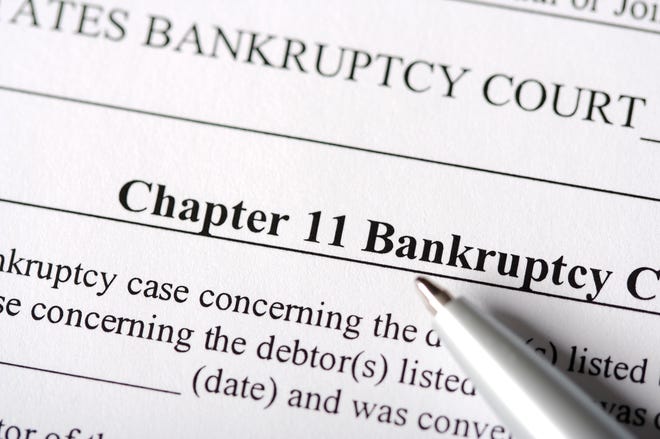[ad_1]
Q: Reading your columns, I see that you were a bankruptcy lawyer. For various reasons, my company has accumulated a lot of debt. But the thing is, I don’t want to file for bankruptcy. Any other suggestions?
A: Too much debt can definitely make life and business very difficult. But you’ll notice I said “too much debt”. I say this because one thing I also know is that not all debt is bad debt. If you took on debt to fund a profitable expansion, for example, that’s good debt. If, on the other hand, this expansion was going south and you were charging for a week-long trip to Hawaii, it goes without saying that it’s a bad debt.
SUBSCRIBE TO OUR NEWSLETTER: The Daily Money delivers our best personal finance stories to your inbox
So what do you do when you have too many bad debts? Basically, you have four options:
1. Reach an agreement with the creditor
Of course, you would like to pay your creditors in full, but sometimes that is not possible. Rather than just walking away from the debt, it’s usually best to try to work out some sort of payment arrangement with the creditor. Maybe they can give you more time to pay, or reduce your payments, or even reduce the principle.
You don’t know until you ask, and especially if you’re behind on your payments, you may find that the creditor is much more willing to a negotiated settlement than you think.
2. Reach an agreement with the collection agency
If the debt is so delinquent that it has been sold to a collection agency, you are actually in better shape for a settlement. Why? Because the collection agency bought the debt at a steep discount, maybe 10 or 20 cents on the dollar. As such, anything above this amount is profit. Like I said, that’s good news for you as long as you’re negotiating a deal, but bad news for your credit score (that’s a different column.)
So what you can do is call the collection agency and seek to strike a good deal.
THE FEDS AND YOUR CREDIT CARD: Here’s what you should do if interest rates rise.
Offer them, say, 40 cents on the dollar. They can say no, say you’re crazy, whatever. But if you can put together a lump sum payment of, say, 50% of the total or so, and offer it, you might find that they are very willing to listen to that offer.
But like I said, the key is to 1) have a lump sum payment ready, and 2) be prepared to suffer the consequences on your credit rating.
If they agree to the terms, make sure you get all the relevant terms in writing, especially that they will agree to consider the debt paid in full and report it to the credit reporting agencies as such.
3. File the balance sheet
Granted, no one wants to file bankruptcy papers, but I would be remiss if I didn’t go through that option.
Depending on your objectives and the desired result, you can file a Chapter 7, 11 or 13 bankruptcy. A Chapter 7 wipes out most debts, but is also called “liquidation” for a reason: you may have to close your store doors and the bankruptcy trustee will then liquidate your assets to at least pay your creditors something. A Chapter 11 or 13 is a type of reorganization where you pay off some of what you owe over time, but keep the doors open. Talk to your lawyer to see what is best for you.
Let me also note though that the only time I received thank you notes while practicing law was from former bankruptcy clients. Why? Because the relief of getting out of debt is also tangible.
INTEREST RATES VS. INFLATION: Federal Reserve signals March hike to dampen inflation
4. Walk away
Again, depending on your situation, this might be the easiest. If you have few assets, most creditors won’t waste their time and money chasing an “empty pocketâ€.
No matter which option you choose, it will definitely take you a few years to get a decent credit score again, but in reality, sometimes it’s just the cost of doing business.
[ad_2]

